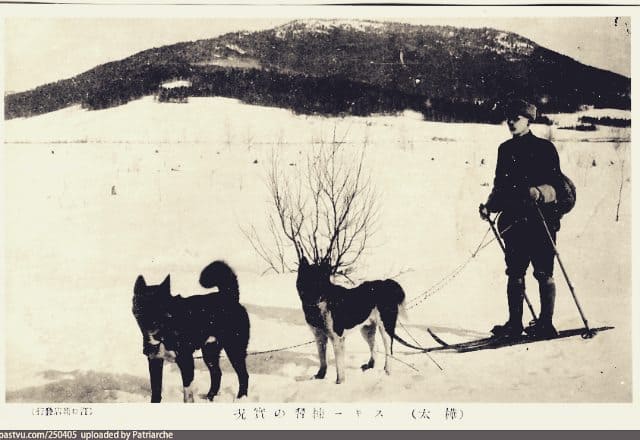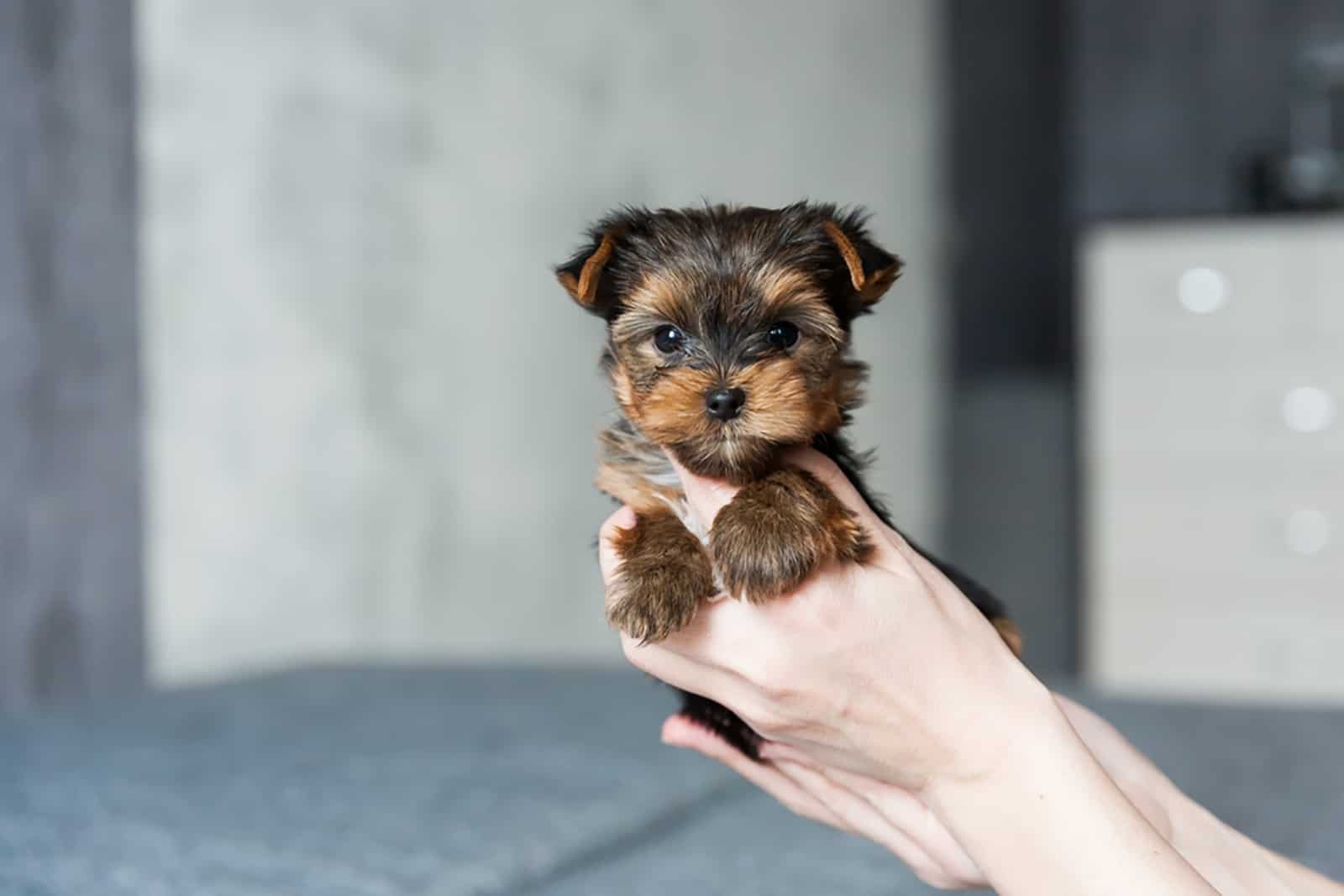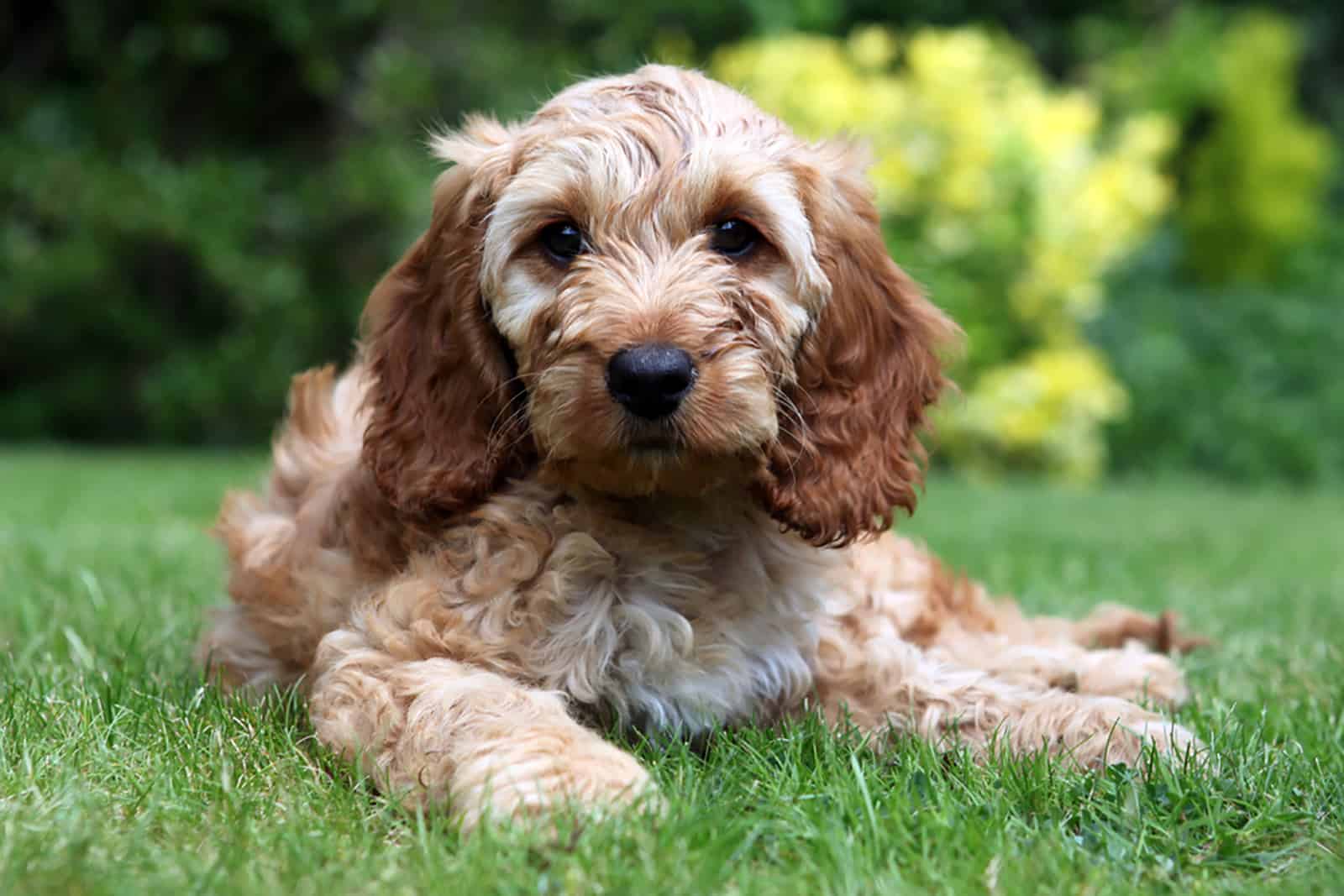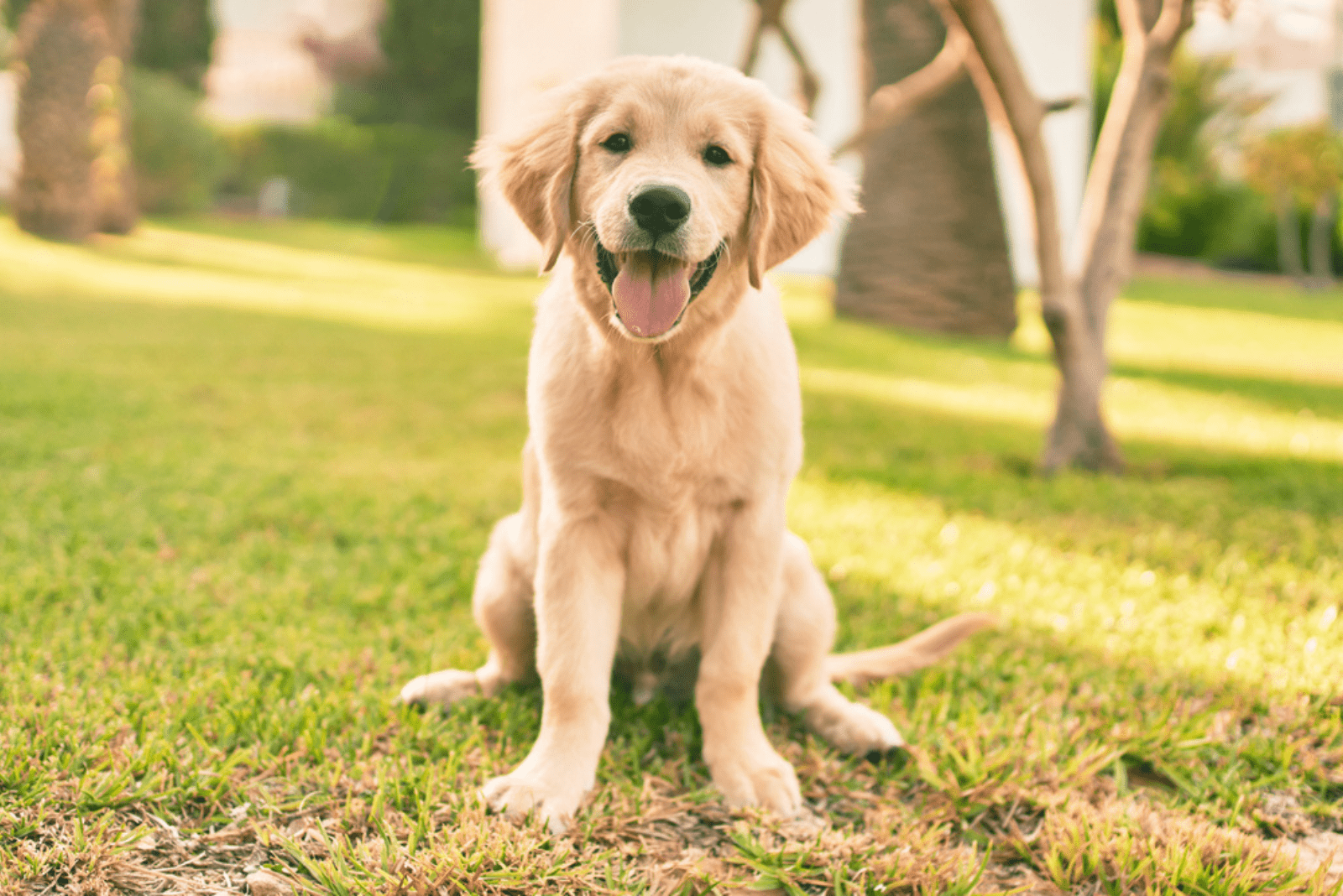The story of Sakhalin Huskies is both deeply tragic and inspiring – one that will definitely pull at your heartstrings. Welcome to today’s article, where I’ll present to you the beautiful breed of the Sakhalin Husky and its extremely tragic tale of the fight for survival and the final journey.
Many people will know the Sakhalin Husky as the most recent breed to become extinct, but what lies beneath the surface is much more than a simple story of extinction.
When there are multiple films made about you and your life, you know that you have done something truly remarkable. I’m not going to lie… researching about this beautiful breed brought tears to my eyes multiple times, and I really think that you should stay till the end to hear more about these dogs.
Not because I want to make you cry, but because I truly think that their story needs to be told and remembered.
The Origin Story Of The Sakhalin Husky

The Sakhalin Husky (or the Karafuto-Ken), which are the Japanese words for Sakhalin (Karafuto), and dog (Ken), is the ancient breed of sled dogs.
There is not a lot of information about this breed and its origin, but it is believed that they were developed by the indigenous people of the Sakhalin island – a Russian island in the Pacific Ocean, north of Japan.
The island was both under Russian and Japanese jurisdiction, and according to some sources, at some point during the Soviet rule, those indigenous people and their dogs were also relocated to Japan.
The Sakhalin Huskies were extremely important to the natives. They were strong and well-suited for the cold and snowy weather, which made them essential for transportation; hence, being used as sled dogs.
Unfortunately, this power and endurance came with a price. These Huskies were accustomed to a salmon diet, and they would eat around 4,000 tonnes of salmon a year, which proved to be very costly, especially for the strict Soviet Union.
After World War II, a huge number of these dogs were killed, which took a heavy toll on the breed in general. The lack of breeding and the mass killings by the Soviet Union meant that the breed was already at the brink of extinction.
However, the Sakhalin Husky proved to be very useful in the 20th century, especially for the research expedition to Antarctica, which made the breed famous, but was also one of the reasons for its unfortunate fate.
The Sakhalin Husky Breed Standard

It is believed that the Sakhalin Husky has a common ancestry with the Siberian Husky and the Akita Inu dogs, which would explain why they look so similar, and why they are often confused, one for another.
The Sakhalin Husky was a fairly large, purebred dog, with a fine, thick coat of medium length, and a very dense undercoat that came in the following colors:
- Black
- Cream
- Biscuit
- Russet, or any combination of these four
These dogs had a life expectancy of 12 to 14 years, and could give birth to 1 to 7 puppies at a time.
They were pretty attractive dogs, and had a somewhat wolf-like appearance that made them even more desirable. They had pointy ears, a long bushy tail, and a pointed snout.
According to some pictures that we have at our disposition, their eyes were most probably either blue or brown.
The Sakhalin Husky had a pretty muscular body type, and big paws that didn’t sink in the snow, which helped them in their sledding job which they were bred for in the first place.
They could easily cover long distances in just a couple of days while also carrying a lot of weight across the snow.
When it came to their size, they usually weighed between 66 and 88 pounds depending on the gender, and they reached heights of 22 to 26 inches. Unfortunately, these dogs were not acknowledged by any kennel club or breed organization.
Sakhalin Huskies were very intelligent, tough, and hardworking dogs that also had a certain independent streak; however, they were very loyal to their owner.
They made good family dogs because even though they were strong and very energetic, they still had a friendly personality. They loved children, and wouldn’t do anything to hurt them.
These pups were also very affectionate, and required a certain amount of attention, but were not overly anxious. One thing is certain… they needed a lot of exercise, which is completely normal for dogs of their size, characteristics, and temperament.
Related: How Often Should You Walk A Husky + Exercise Tips
The Final Journey Of Antarctica’s Sled Dogs

In January 1957, the Japanese Antarctic Research Expedition (JARE) took 15 dogs to accompany the researchers on their first Japanese expedition to Antarctica.
Since Sakhalin Huskies were well accustomed to the snowy climate, which made an easy choice for the Japanese. The original plan was that the first team would work for a year, up until February 1958, when it would be replaced by the second team.
However, as it usually happens, life is unpredictable, and destiny has its own plans. The weather conditions of Antarctica were brutal. There was a strong and unexpected storm approaching, and this was no longer a research mission, but a rescue mission.
The second team was completely suspended, and the first team was rescued by a helicopter. Tragically, there was no place for dogs, and they had to be left behind. The researchers were very reluctant to leave the dogs, but they were hoping to come back for them as soon as the weather conditions improved.
They didn’t… dogs were left chained and with food that would last them only for a couple of days. The plans to rescue the dogs never came to life as the weather conditions did not improve.
Exactly eleven months passed… when the team finally returned to the base. They found seven dogs still chained and starved to death, but eight had managed to wiggle free. Six dogs were never found, but then a true miracle presented itself upon their eyes.
Two dogs, Taro and Jiro, miraculously SURVIVED!
Although historians have their assumption, the real truth behind how they managed to survive that whole year in extreme weather conditions and without any human support will always remain unknown. One thing is certain… it was nothing but a miracle!
Recommended reading: Frida The Lab – Search And Rescue Dog Turned National Hero
Interesting Facts About Traditional Heroes Of Japan

Taro and Jiro immediately became national heroes, representing everything that Japan was standing for – perseverance and fortitude.
They did not return home immediately, though. These two strong boys stayed in Antarctica to work for the whole next year. Unfortunately, only one of them would return to Japan.
Jiro died in 1960 in Antarctica; meanwhile, Taro came back home to his hometown, Sapporo, where he died in 1970.
You can find Taro’s body embalmed at the Museum of National Treasures at the Botanical Garden of Hokkaido University, and Jiro’s body at the National Museum of Nature and Science in Tokyo… (alongside Hachiko – another of Japan’s symbols).
There are three monuments put up in honor of these heroic dogs, in Wakkanai, Hokkaido, and near Nagoya Port.
There are currently three movies based on the story of Sakhalin Huskies:
- The Japanese movie, “Nankyoku Monogatari”, (eng. Antarctica) from 1983
- The TBS’ drama called “Nankyoku Tairiku”, from 2011
- The 2006 Disney movie, “Eight Below”, featuring Siberian Huskies and Alaskan Malamutes
According to the Siberian Times’ article from 2015, titled, “Desperate effort to save Sakhalin Laika from extinction on its native island”, there were only seven dogs alive. Today, it is believed that these dogs are extinct.
Sergey Lyubykh, the last remaining Sakhalin Husky breeder in Japan, died in 2012. He believed that there were no more living examples of the breed that would be able to provide the genetic diversity needed for breeding.
These dogs might have died out, but they left an enormous legacy to Japan and its people. If you’re looking for a similar breed to the Sakhalin Husky, you can, of course, go with its close cousins, Siberian Huskies.
Alaskan Malamutes, Samoyeds, and Canadian Eskimo Dogs are also relatives of this historical dog breed.
The Sakhalin Husky Legacy
We might have let these dogs down while they were still alive, but we cannot let their heroic story be forgotten. It is sad, but it is also inspiring. It should teach us a lesson, so something like this never happens again.
The Sakhalin Husky legacy is enormous. Although the breed has become extinct, it will live forever in legend.
They were amazing dogs. They loved their owners, and were exceptionally loyal and hardworking. When humans needed them the most, they were there through storms and snowy weather fighting to survive.
Dogs show us, again and again, that they are truly our best friends, and there is nothing that can convince me otherwise. They see the best in us, even when we leave them to starve and die alone on a frozen continent.
Read next: St. John’s Water Dog, The Ancestor Of Amphibious Canines















